Capture One 20 is out: Phase One's Lightroom rival is better than ever
Capture One 20 brings better noise control, better color adjustments, better high dynamic range controls and more
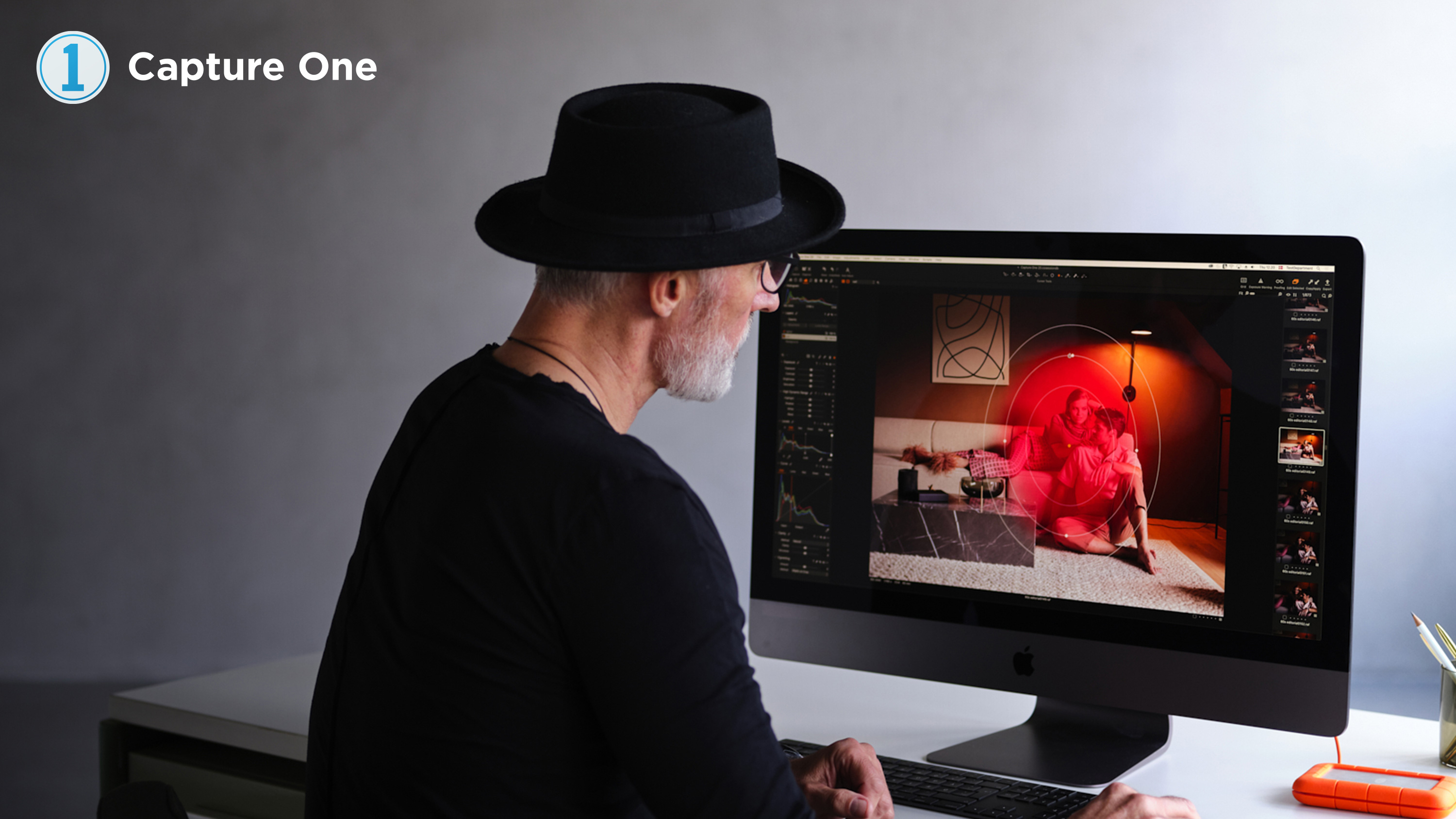
Capture One is Phase One's answer to Adobe Lightroom, an all-in-one image organising tool, non-destructive raw processor, photo editor and effects program. It can also work in 'Sessions' mode as a purpose-made studio tethered shooting tool, where it's held in high regard by many professional portrait, fashion and commercial photographers. It's also on our list of the best photo editing software today.
This latest version skips a few version numbers, leaping from Capture One 12 (the 'old' version) to Capture One 20, swapping to what we assume is year-based numbering.
Phase One says this latest version has been developed from user feedback but with a few ideas of its own as well. The improvements are based around the editing tools, both in terms of output quality and overall workflow.
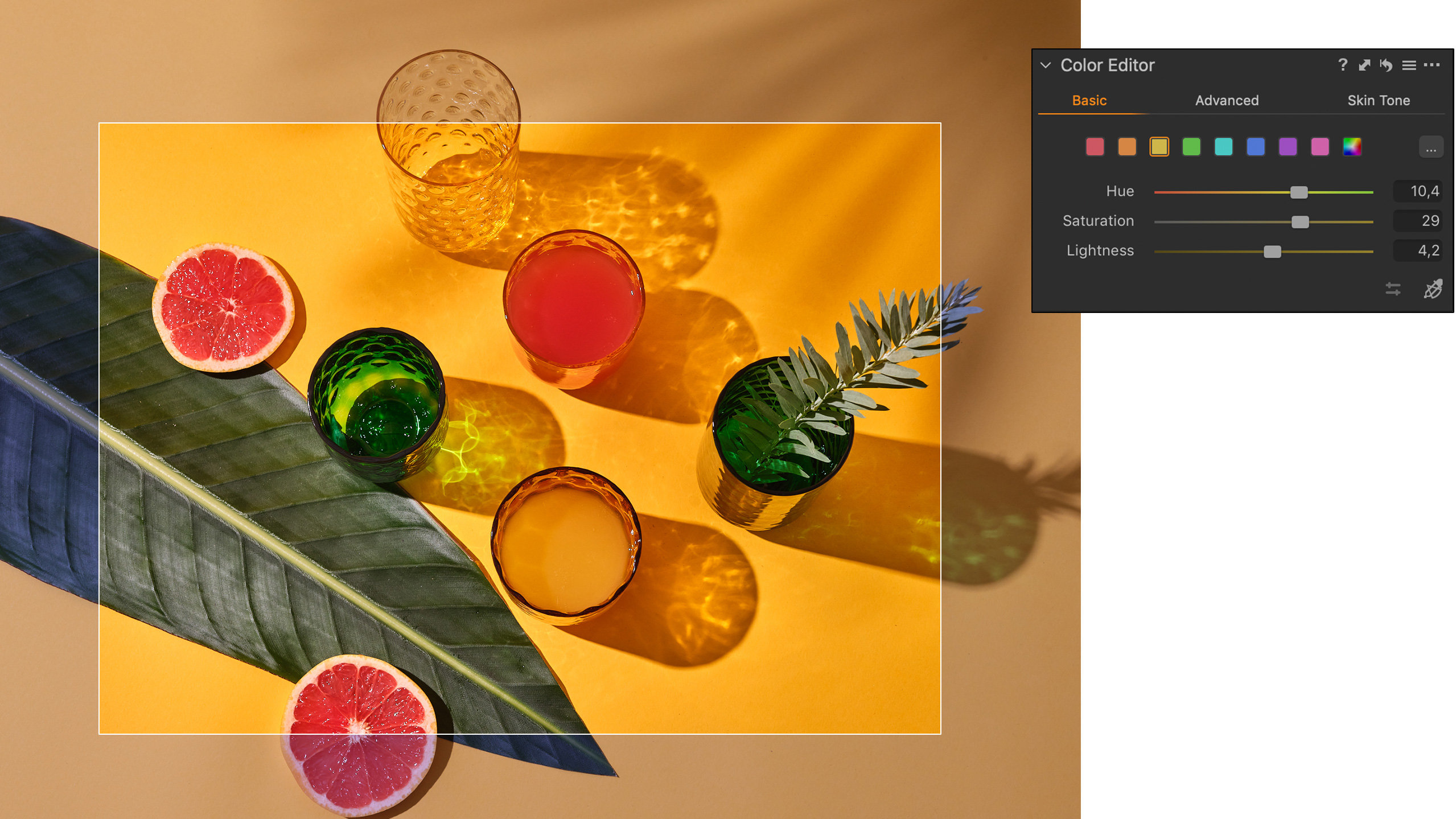
What's new in Capture One 20
Noise reduction gets a boost, with claimed improvements to color and detail retention at high ISO settings. Capture One now tailors the noise reduction for every ISO setting for each supported camera. The noise reduction tool tackles both luminance noise and color noise, and with improved recognition of patterns and edges and improved color accuracy. The Amount slider now has a stronger effect and noise reduction is increased for higher ISO images.
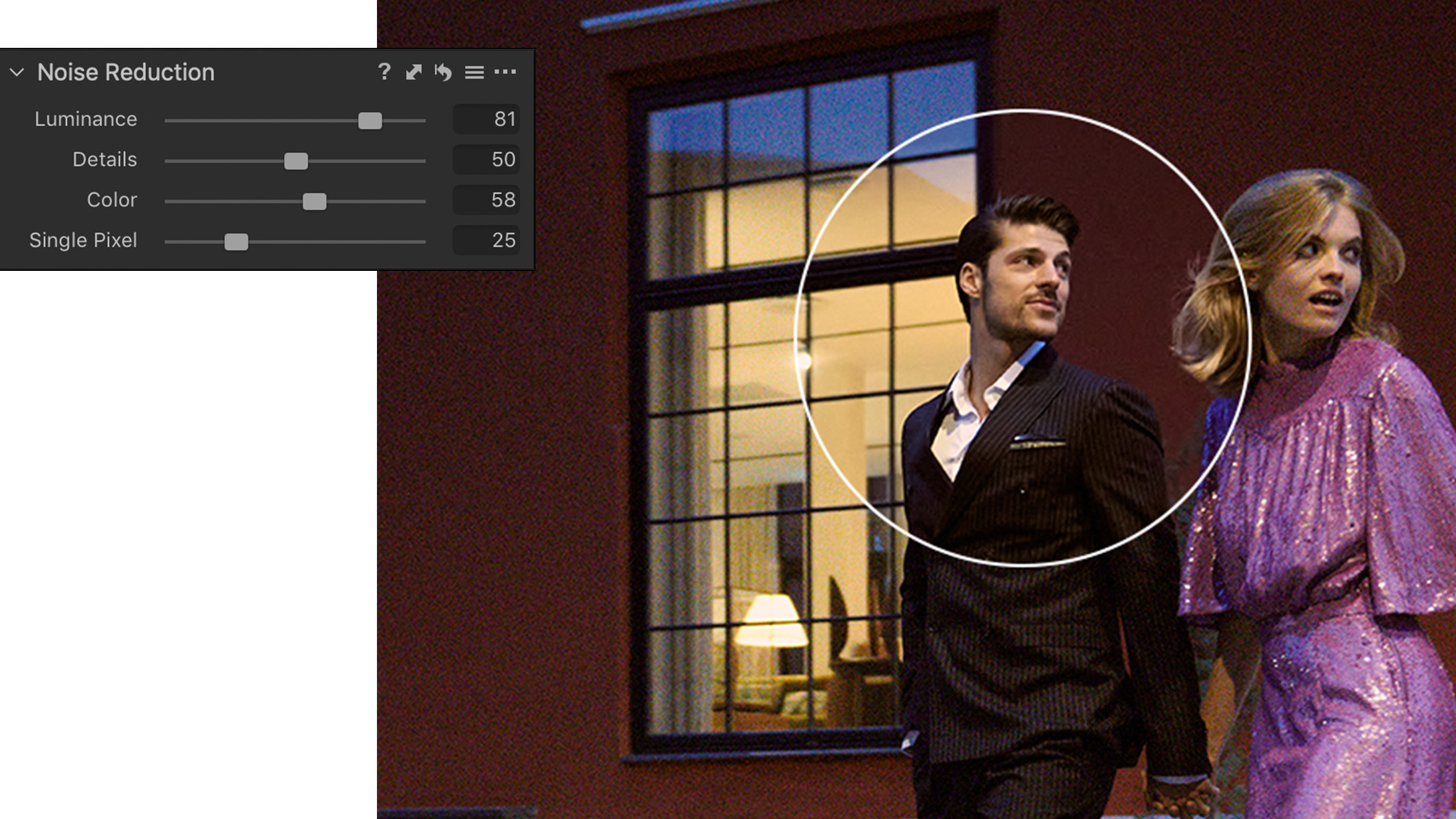
Capture One has always had strong color editing tools, and in this latest version the Basic Color Editor now offers eight color ranges rather than six, and a new Direct Color Editor cursor lets you drag any area on a photo to shift the hue, saturation and lightness of a specific color range.
The High Dynamic Range tool now looks a little different too (the equivalent of the Highlight and Shadow recovery sliders in Lightroom). Now, the settings adjustments are zeroed in the center, so you can make both positive and negative adjustments to either recover detail from the shadows and highlights or exaggerate them and boost contrast. There's no much more control over the way shadows and highlights are recovered and boosted.
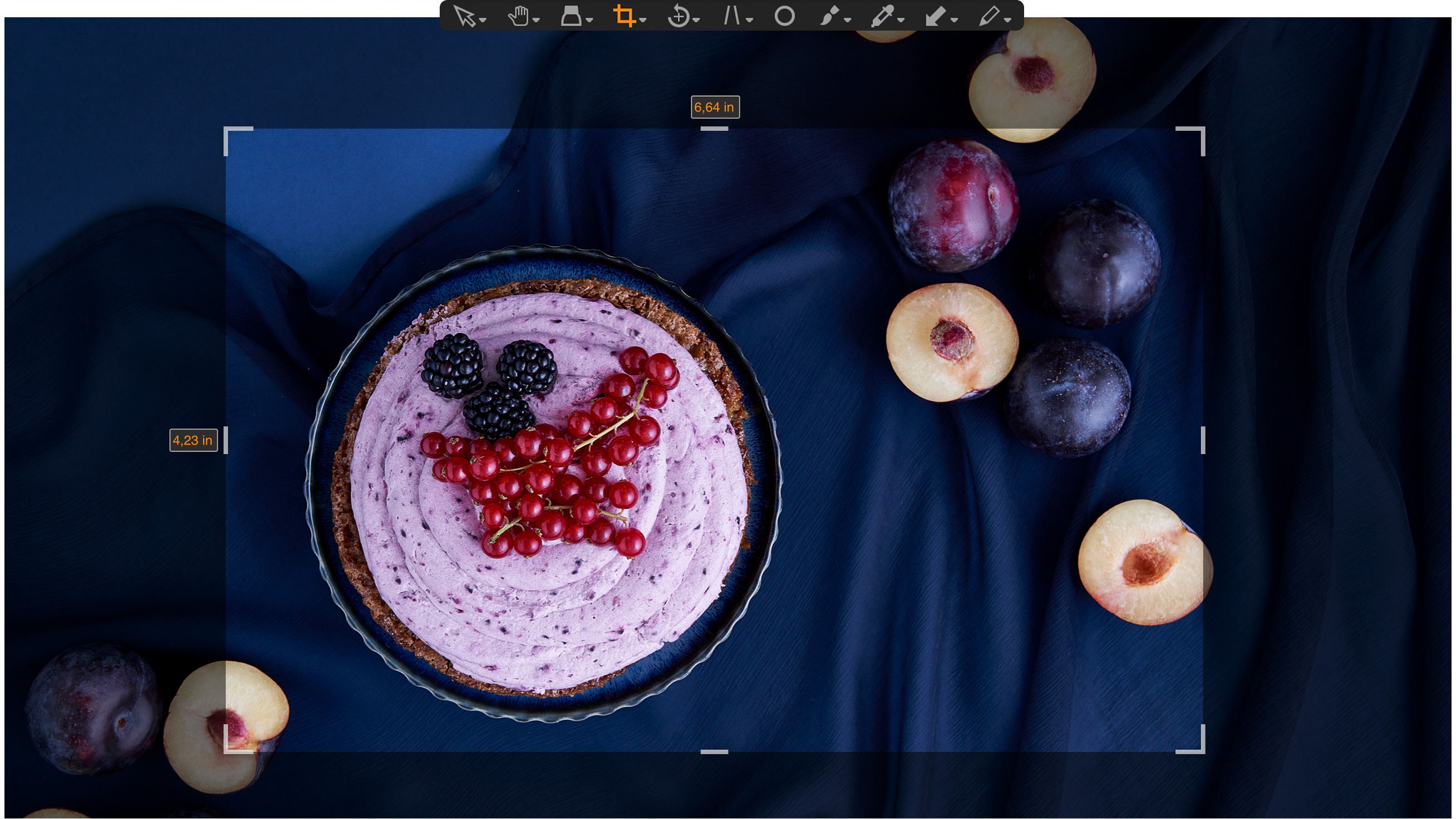
Phase One has also modified Capture One's Crop tool for easier crop visualization and transformation. You can crop from the center, rotate the crop/image and use modifier keys to lock the aspect ratio.
The best camera deals, reviews, product advice, and unmissable photography news, direct to your inbox!
Capture One 20 brings sundry other workflow and interface improvements, plus support for some of the latest cameras, including the new Olympus OM-D E-M5 Mark III, Canon EOS M6 Mark II, Canon EOS 90D, Nikon Z 50 and Ricoh GR III. It also adds support for the Panasonic Lumix S1H, Leica V-LUX 5 and (at last) the Pentax K-1 II.
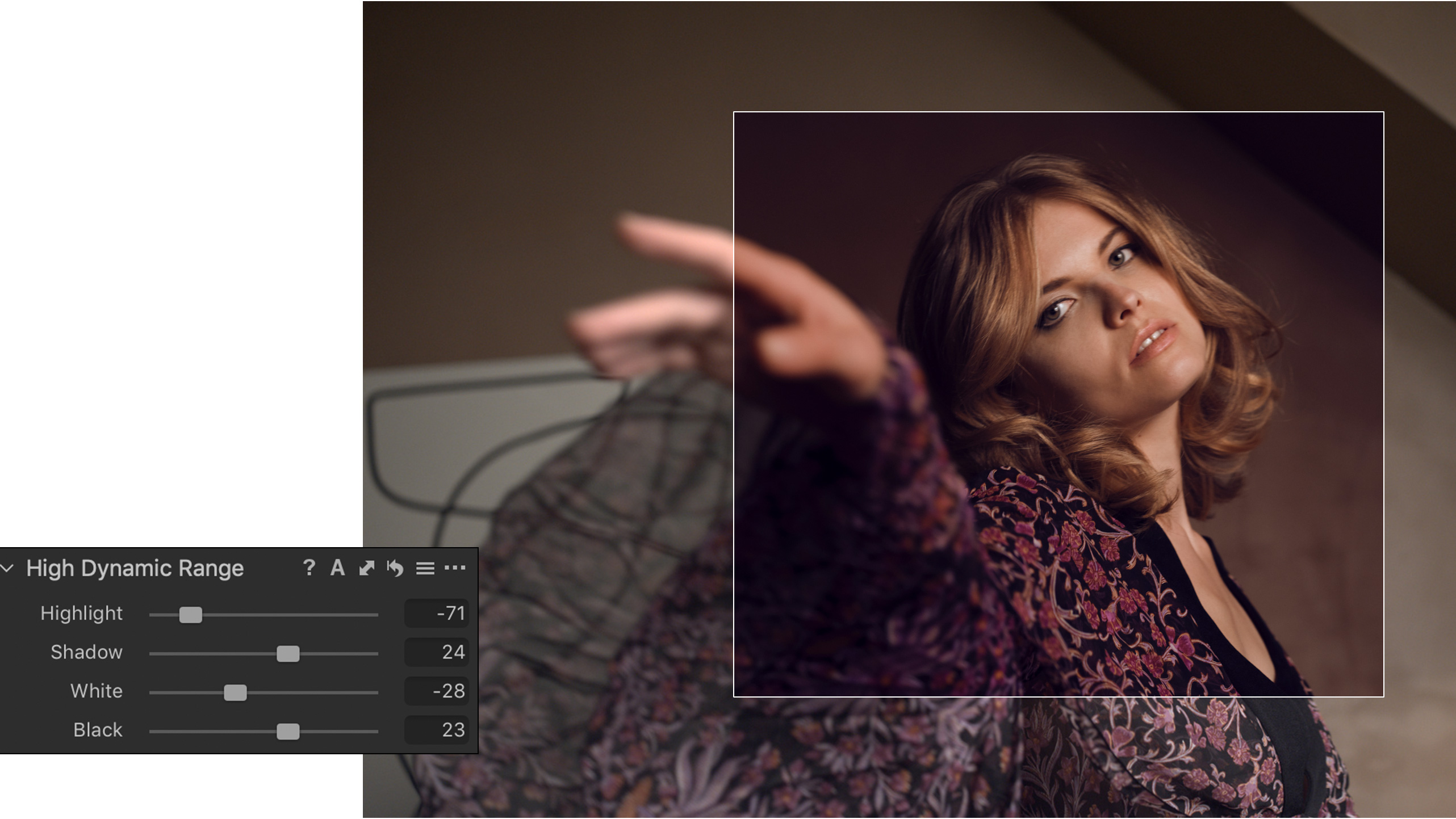
Capture One 20 pricing and availability
Capture One 20 is available now in several versions. The regular version, Capture One Pro 20, supports cameras from all major camera brands, but there are also cheaper Capture One Pro 20 (for Sony) and Capture One Pro Fujifilm 20 specifically for those camera brands.
You can buy a Capture One Pro 20 licence outright (unlike Lightroom) for $299 (upgrade price $159), while the Sony and Fujifilm versions are much cheaper at $129. Or, if you don't want the up-front cost, you can take out an Adobe-style subscription from $15 per month ($8 per month for the Sony and Fujifilm editions.
If you want to try Capture One 20 before deciding, you can download a fully featured 30-day Capture One Pro 20 trail to help you make your mind up. If you're an enthusiast or pro who puts a big emphasis on image quality, it's definitely worth a look. It's more expensive than Lightroom, but for many the results will justify the extra outlay.
Read more:
• These are the best photo editors for photographers
• On a budget? We list the best free photo editing software
• The best laptops for photo editing

Rod is an independent photography journalist and editor, and a long-standing Digital Camera World contributor, having previously worked as DCW's Group Reviews editor. Before that he has been technique editor on N-Photo, Head of Testing for the photography division and Camera Channel editor on TechRadar, as well as contributing to many other publications. He has been writing about photography technique, photo editing and digital cameras since they first appeared, and before that began his career writing about film photography. He has used and reviewed practically every interchangeable lens camera launched in the past 20 years, from entry-level DSLRs to medium format cameras, together with lenses, tripods, gimbals, light meters, camera bags and more. Rod has his own camera gear blog at fotovolo.com but also writes about photo-editing applications and techniques at lifeafterphotoshop.com
